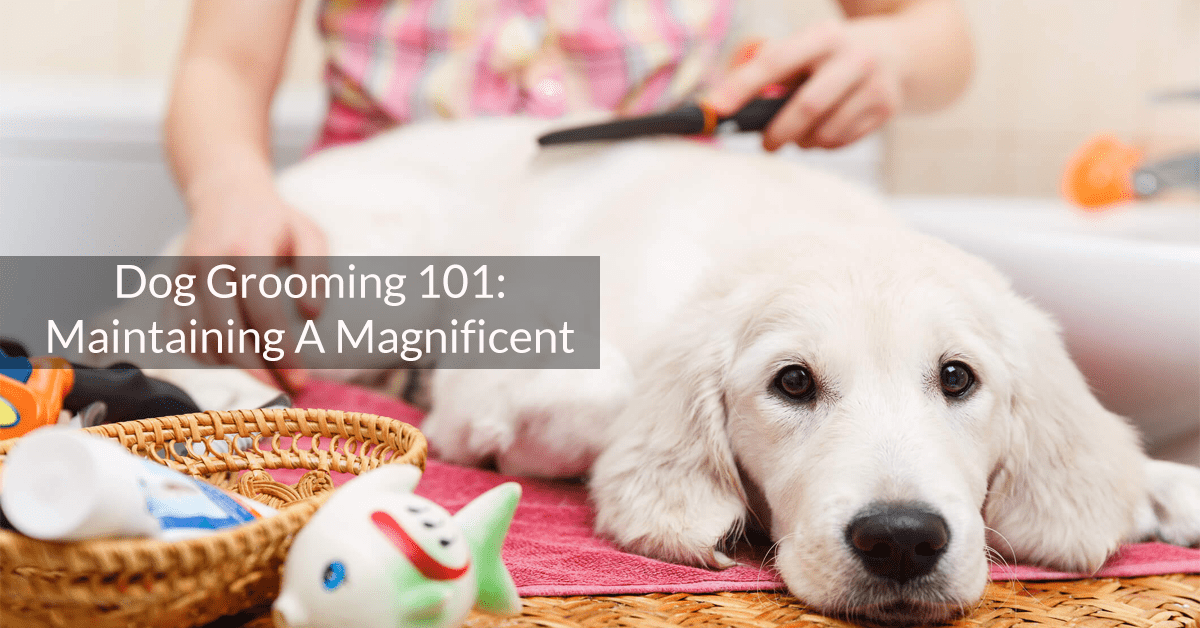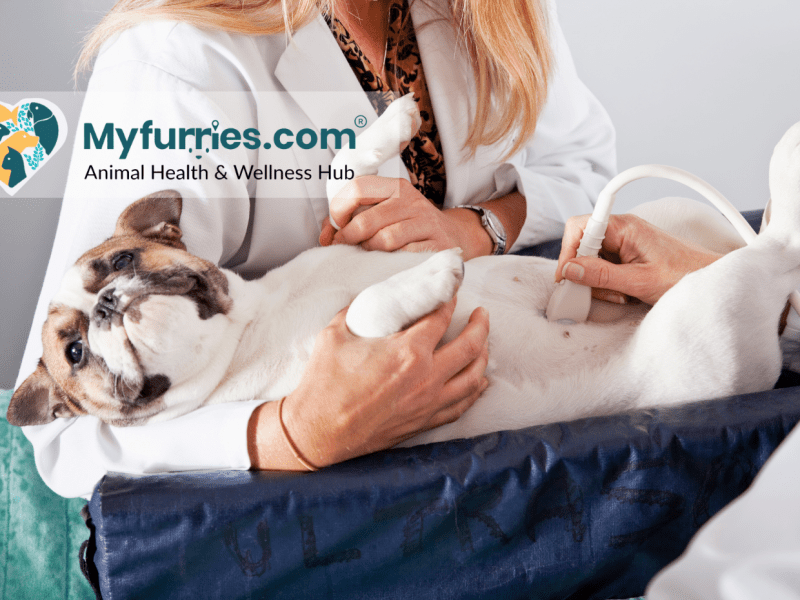Fur. Whether dense and silky or sparse and fine, it is a feature that varies drastically from breed to breed. A dog’s coat is easy of its defining characteristics, but one has to wonder: what exactly is dog fur?
Well, hair and fur are indistinguishable in chemical makeup. Yes, humans and animals aren’t that different! According to literature in veterinary dermatology, the main differences concern texture and growth patterns. Dogs have multiple layers of hair, with several inches growing out of a single follicle, and they have primary, secondary and tertiary hair, whereas humans only have tertiary hair.
Based on the conditions that your dog was bred for, there are at least 5 different coat types to consider.
- Smooth Coat: The most comfortable coat to maintain. Brush weekly.
- Curly/ Woolen Coat: Requires regular brushing with various combs, one for detangling and one for maintaining shine.
- Double Coat: Double coated dogs have a lot of hair, so brush bi-weekly at least. Again, use a brush for detangling and another one for maintaining lustre.
- Silky Coat: Use a slicker brush to remove dirt and tangles gently.
- Wire Coat: Removing your dog’s old hair either by hand or by a stripping blade is recommended, as well as brushing it bi-weekly with a slicker brush.
Your dog’s coat is a massive part of its general well being though things can get a little confusing. But fret not, Windy Furries are here to keep things simple with 7 straightforward tips;
- Brush to Keep It Shiny: Brushing your pooch can not only maintain lustre by evenly distributing its natural oils across its coat, but it also keeps fur tangle-free. If your pooch sports long locks, it is recommended to use a wire slicker brush and brush daily. You can either use a soft-bristled brush or a rubber brush for short-haired dogs, and the frequency of brushing can be weekly.
- Food Matters: What goes in is reflected on the outside. Your dog’s fur is telling of the food it consumes, so make sure that you give your dog high-quality feed suitable for its age and activity level. Omega 3 supplements can decrease the dryness of your dog’s skin. But before you add new food to your dog’s diet, consult with a vet to make sure you incorporate the right foods in the right amount.
- Who Doesn’t Love a Bath?: But don’t bathe your dog too frequently! Take its activity level, its fur texture, the amount of time it spends outside, etc., into consideration. Bathing your dog once a month is generally a good rule to go by, but it can vary. Long-haired pooches might need to be cleaned more frequently, while dogs with thicker fur may need to be bathed often, as bathing can strip away its natural oils. It’s all about being observant.
Feel your dog’s coat and adjust its bathing frequency based on any changes in dryness, texture and odour. Remember to brush out any loose hair before bathing your pup, and use a doggy shampoo based on its fur type. Do not scrub out its natural oils; they are protective, and use a quick-absorbing towel to dry it.
- All Parasites Must Perish: Fleas, ticks, lice – all of these bloodsuckers can cause significant distress to your puppy. They can act as a host of tapeworm parasites, and they can pass on diseases to humans. With such blood-sucking creatures, prevention is better than cure. Please consult your vet when choosing the right preventative measure, be it applicants, pills, etc. But do keep a flea shampoo handy, just in case.
- Treat Your Dog with a Massage: Massaging essential oils into your dog’s fur is excellent for staving off rashes and dryness. Coconut or olive oil keeps the coat well-maintained and moisturized, and it can also soothe skin irritations as well as alleviate your dog’s mood.
- Don’t Forget the Ears and Eyes: Clean out any abnormal eye discharge while bathing your pooch with a soft washcloth duly soaked in warm water. Check inside the ears for dirt, discharge, or parasites but ensure that you’re using the right products suited to your dog. Additional moisture in the ears can lead to yeast infections, and alcohol-based products can burn. Check with your vet on what is the right solution for your dog’s ear health.
- An Active Dog is a Healthy Dog: Getting your dog some good old exercise keeps it healthy, and it aids in developing a lustrous coat. If your dog is hairless, don’t forget the sunscreen!
A dog’s physical welfare is indicated in the quality of its coat, and since the skin is the largest organ, do not skip out on maintaining its appearance. After all, your dog wants to feel pretty too! Want to know more about teeth related issues that happen to your puppies, Subscribe to MyFurries now!



